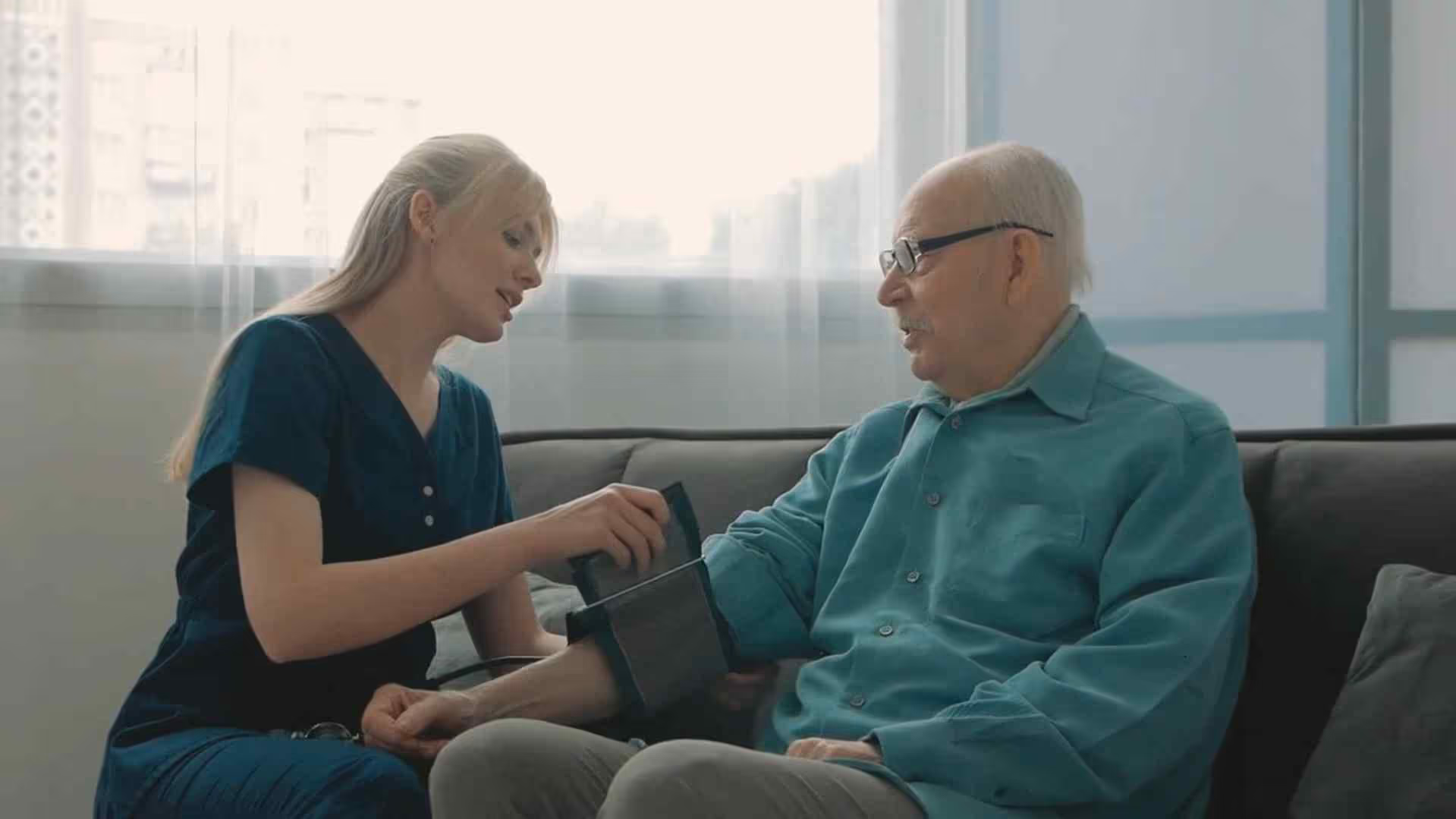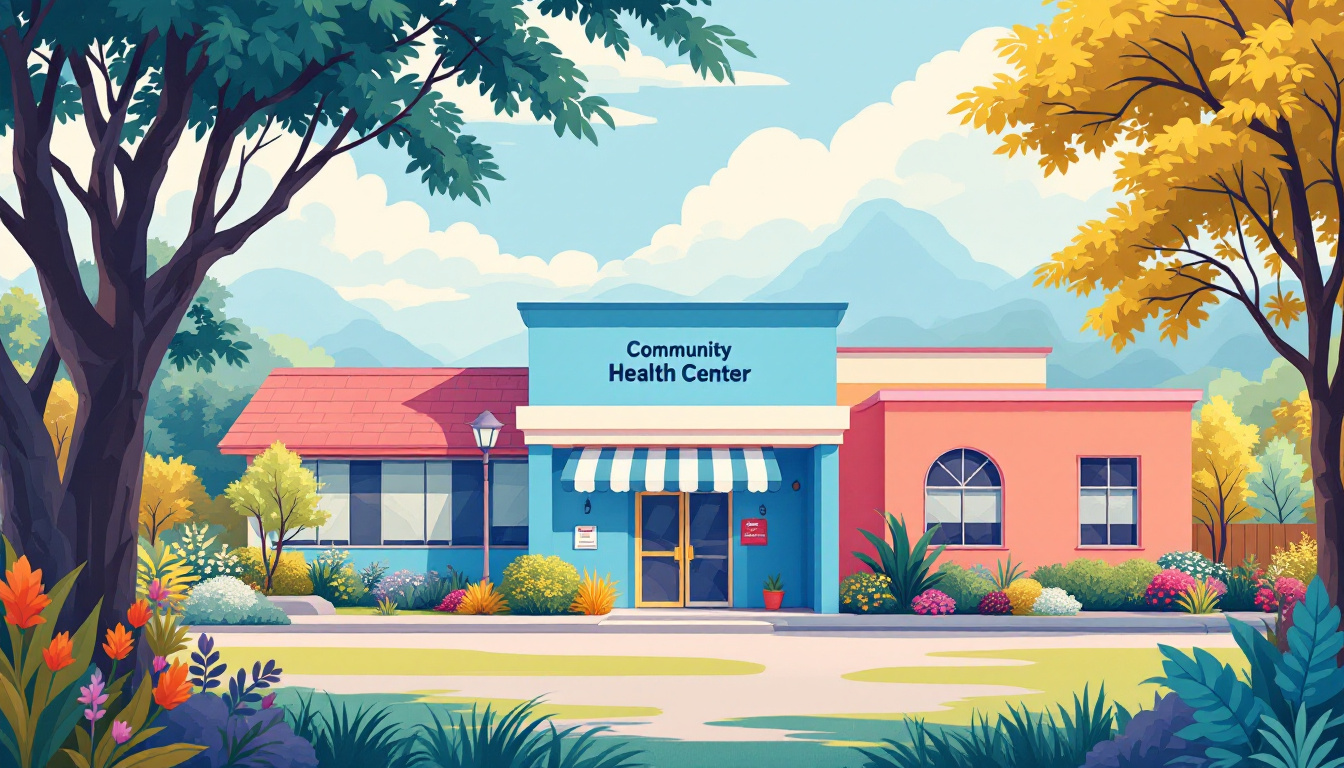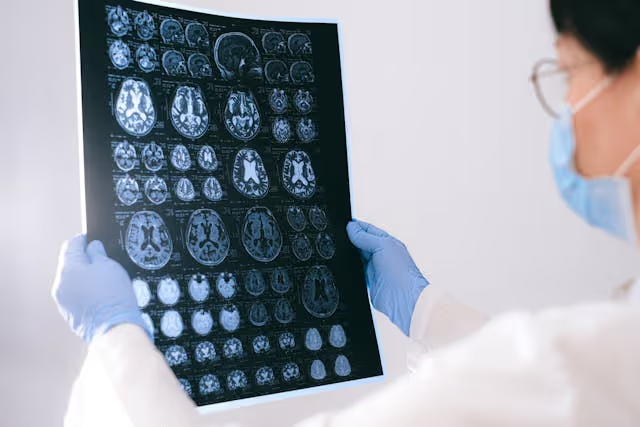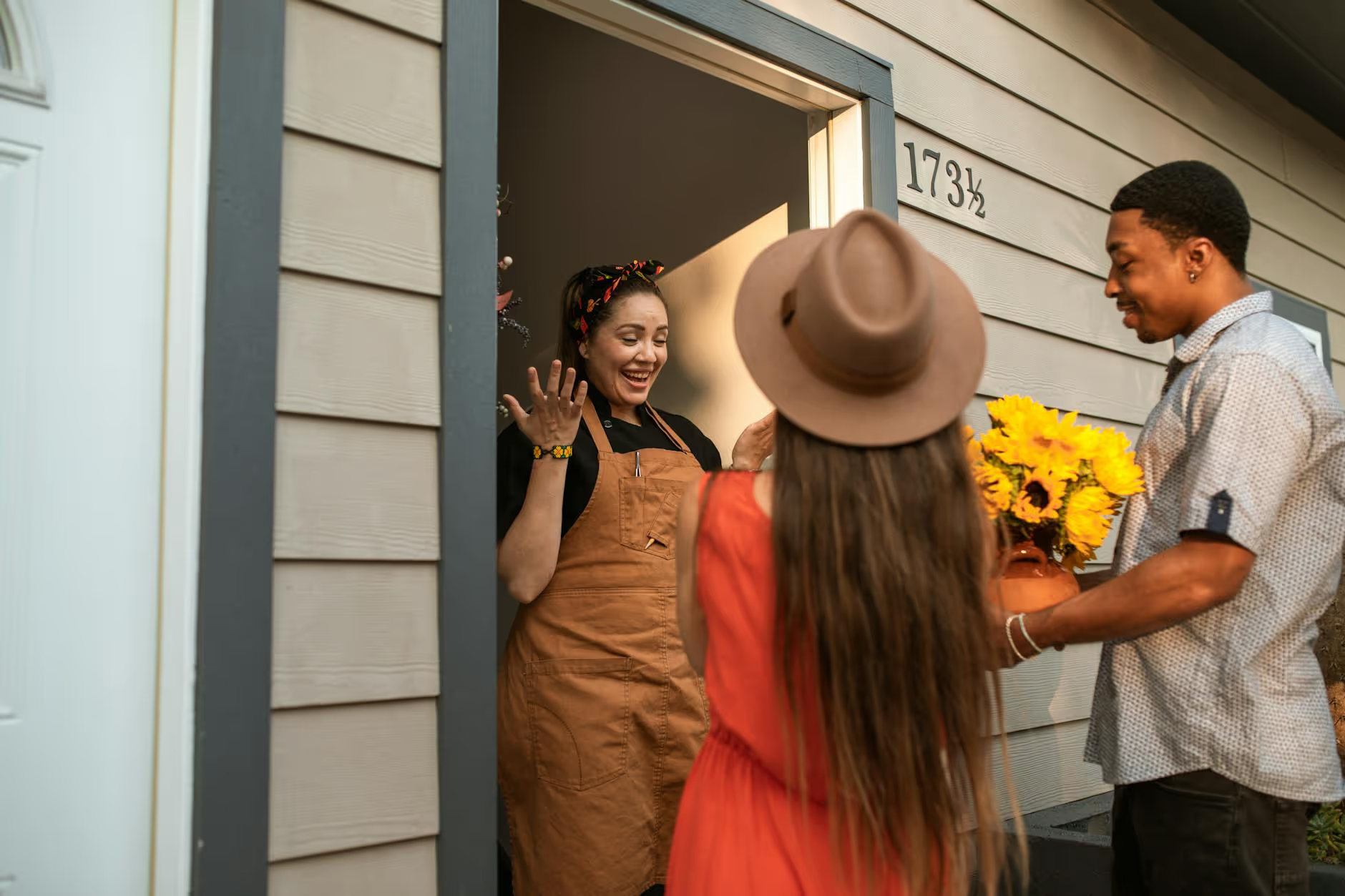How to Recognize When a Loved One Needs More Comprehensive Care
April 24, 2025
Identifying the Need for Higher-Level Support for Aging Loved Ones


Understanding the Signs and Making Informed Decisions
Recognizing when a loved one requires more comprehensive care is vital for their safety, health, and well-being. Early detection of physical, behavioral, and safety-related changes allows families to seek appropriate interventions and explore available care options. This guide outlines key indicators, assessment strategies, and resources to help caregivers make informed decisions, ensuring their loved ones receive the support they need as they age.
Physical Signs Indicating Increased Care Needs

How can I recognize physical and behavioral signs indicating a loved one needs increased care?
Monitoring the physical and emotional well-being of an older adult is essential to ensure they receive appropriate support. One of the most apparent signs is declining mobility and strength. Seniors may struggle to walk steadily, experience unbalanced gait, or require assistance with simple movements like standing or sitting. Noticing frequent falls, unexplained bruises, or injuries is a strong indicator that their physical stability is deteriorating.
Weight fluctuations are another important signal. Significant weight loss or gain, coupled with poor nutrition or difficulty preparing meals, suggest health or mobility problems. Poor hygiene and grooming—such as unkempt hair, body odor, or wearing soiled clothes—also point toward difficulties in managing daily self-care.
Home safety hazards can be a warning sign too. Cluttered living spaces, wet spills, or tripping hazards like loose rugs can increase the risk of injury. An environment that seems neglected, with expired food or unclean surroundings, may reflect cognitive decline or emotional struggles.
Unexplained wounds, bruises, or recurrent injuries often result from falls or accidents that the person cannot fully recall or communicate. These physical issues, along with observable behavioral patterns such as withdrawal from social activities, mood swings, or a reduction in interest in hobbies, suggest mental health needs that coincide with physical decline.
Recognizing these signs early allows caregivers and family members to seek medical evaluation and consider care options. This may include home safety modifications, increased supervision, or transitioning to more supportive environments like assisted living or in-home care services.
Understanding these indicators and acting promptly can significantly improve safety, health, and the overall quality of life for aging loved ones. Regular check-ins, open conversations, and collaboration with healthcare providers are crucial to ensuring their needs are met effectively.
For more information on identifying increasing care needs, search for "physical signs of increased care needs for seniors" to access resources and expert guidance.
Behavioral and Cognitive Indicators of Declining Support Needs

What are the warning signs indicating a loved one may require full-time caregiving?
Recognizing when someone needs increased care is crucial for ensuring their safety and well-being. Several behavioral and cognitive changes serve as important signals.
One of the most noticeable signs is social withdrawal and isolation. When older adults begin to withdraw from friends, family, or engaging in hobbies they once enjoyed, it could be a sign of emotional distress or mental decline.
Mood swings, depression, or heightened anxiety are also common indicators. Sudden shifts in mood, persistent sadness, or feelings of hopelessness can significantly affect a person’s overall health and safety.
Forgetfulness and confusion related to daily tasks are major red flags. Forgetting appointments, misplacing items, or confusion about everyday routines may suggest cognitive deterioration, including early signs of dementia.
A decline in interest in activities, hobbies, or social interactions shows a loss of motivation often linked to depression or cognitive decline.
Increased dependence on others for activities like dressing, bathing, or preparing meals highlights physical or cognitive decline. If someone needs help with basic tasks they once managed independently, it’s a signal that more support might be necessary.
Neglect of medication routines and safety practices also indicate possible health and cognitive issues. Missing doses, confusing medication instructions, or neglecting to keep the home safe—such as leaving appliances on or ignoring household hazards—can lead to serious risks.
Monitoring these signs allows caregivers and family members to seek timely assistance, whether through professional care services or increased support at home. Acting early can prevent accidents and improve quality of life.
By understanding these red flags, families can better decide when professional intervention is needed to help their loved ones live safely and comfortably.
Assessing and Planning for Assisted Living and Medical Support

How do I assess when a loved one's condition warrants consideration of assisted living or medical care options?
Evaluating whether a senior needs assisted living or medical support begins with observing their ability to handle daily activities. Key areas include dressing, bathing, grooming, and eating. If they struggle with these tasks, it might be a sign for additional help.
Safety risks are also crucial indicators. Frequent falls, difficulty managing medications properly, or signs of wandering suggest a need for closer supervision. Home hazards like clutter, tripping risks, or expired food further increase safety concerns.
It’s important to perform a comprehensive needs assessment, ideally involving healthcare professionals, family members, and the senior themselves. This assessment examines physical health, cognitive function, emotional well-being, and mobility.
Stability of health is another factor. Seniors in good health with minimal assistance needs might remain in an assisted living environment, which supports independence. However, if their health involves significant memory issues, complex medical treatments, or risks they cannot manage alone, then more intensive care settings such as skilled nursing facilities might be necessary.
Regularly monitoring these aspects can help families make informed decisions, ensuring that their loved ones receive appropriate support and maintain as much independence as possible.
Recognizing the Red Flags for Care Transition

What are the red flags signaling the transition to more specialized or full-time care arrangements?
Care transitions are often triggered by noticeable signs that an older adult requires additional support. Worsening health status, such as chronic illnesses worsening or frequent hospitalizations, signals an urgent need for more comprehensive care. Increasing dependence on others for basic activities—like bathing, dressing, or managing medications—also indicates a decline in functional ability.
Unsafe living conditions and neglect of home maintenance, including clutter, expired food, or hazards like tripping risks, highlight safety concerns that demand immediate attention. Cognitive issues, such as memory loss, confusion, or poor decision-making, often accompany behavioral changes like withdrawal from social activities or mood swings, further suggesting the need for professional intervention.
Incidents such as falls, injuries, or near-misses underscore physical decline and frailty, often prompting a move to more supportive environments such as assisted living or memory care. Failures to manage health appointments or medications properly—missed doses, forgotten appointments—are additional signs of cognitive or health deterioration.
In summary, recognizing these red flags early can facilitate timely planning and help avoid emergencies, ensuring the safety and well-being of seniors. Healthcare professionals and caregivers can then work together to arrange suitable care settings that match the individual’s evolving needs.
For those seeking more detailed information, a search for 'signs for care level transition' can provide further guidance on identifying appropriate care options and intervention strategies.
Effective Evaluation and Resource Utilization for Care Decisions

How can I evaluate my loved one’s care needs to make appropriate support decisions?
Assessing an older adult’s needs is a crucial step in ensuring they receive the right level of support. Start by having open, honest conversations about their daily routines, health concerns, and emotional well-being. Observing their ability to manage activities like bathing, dressing, medication management, and household tasks gives valuable clues about their independence.
Using structured tools such as checklists or questionnaires can help systematically evaluate areas like cognition, mobility, and emotional health. For example, noting changes in mood, behavior, or physical appearance alerts caregivers to possible health declines. Regular observation of home safety—like clutter, tripping hazards, or neglected hygiene—is also essential.
Collaborating with healthcare professionals enhances this process. They can perform comprehensive assessments that address physical, cognitive, and emotional needs, often through a team approach involving physicians, nurses, social workers, and therapists. These assessments help identify specific issues such as memory loss, mobility limitations, or emotional distress, guiding tailored support plans.
Considering community resources plays a vital role. Services such as in-home care, adult day programs, meal delivery, transportation, and home modifications can bridge gaps in daily care. Ongoing communication with professionals ensures that support adjustments are made as needs evolve.
In summary, evaluating senior care needs involves shared decision-making, systematic assessments, professional guidance, and resource utilization to promote safety, independence, and quality of life.
Proactive Planning for Safe and Supportive Care
Early recognition of the signs indicating increased care needs allows families and caregivers to make timely and appropriate decisions. Utilizing professional assessments, understanding warning signs, and leveraging community resources can significantly improve the quality of life for aging loved ones. Open communication, careful evaluation of physical, cognitive, and emotional changes, and planning for the future ensure that seniors remain safe, comfortable, and supported as their needs evolve. Being proactive not only helps prevent emergencies but also fosters dignity and independence, creating a better future for everyone involved.
References
- Does an Older Adult in Your Life Need Help?
- Don't ignore these six signs that your aging loved one needs more ...
- Recognizing the Signs: How to Help an Older Loved One at Home
- Signs Your Loved One Needs a Geriatric Assessment
- 10 Signs Your Loved One Needs Additional Caregiving Support
- What Level of Care Does My Loved One Need? - Village Caregiving
- Does Your Loved One Need Full-time Care?| Healthy You
- How to Assess if an Older Adult Needs Caregiving Help - AARP































































































.jpeg)











































































































































































































.avif)























































.jpeg)

































































.jpeg)














.jpg)









































.jpeg)









































































.avif)




.avif)




























































































































































































































